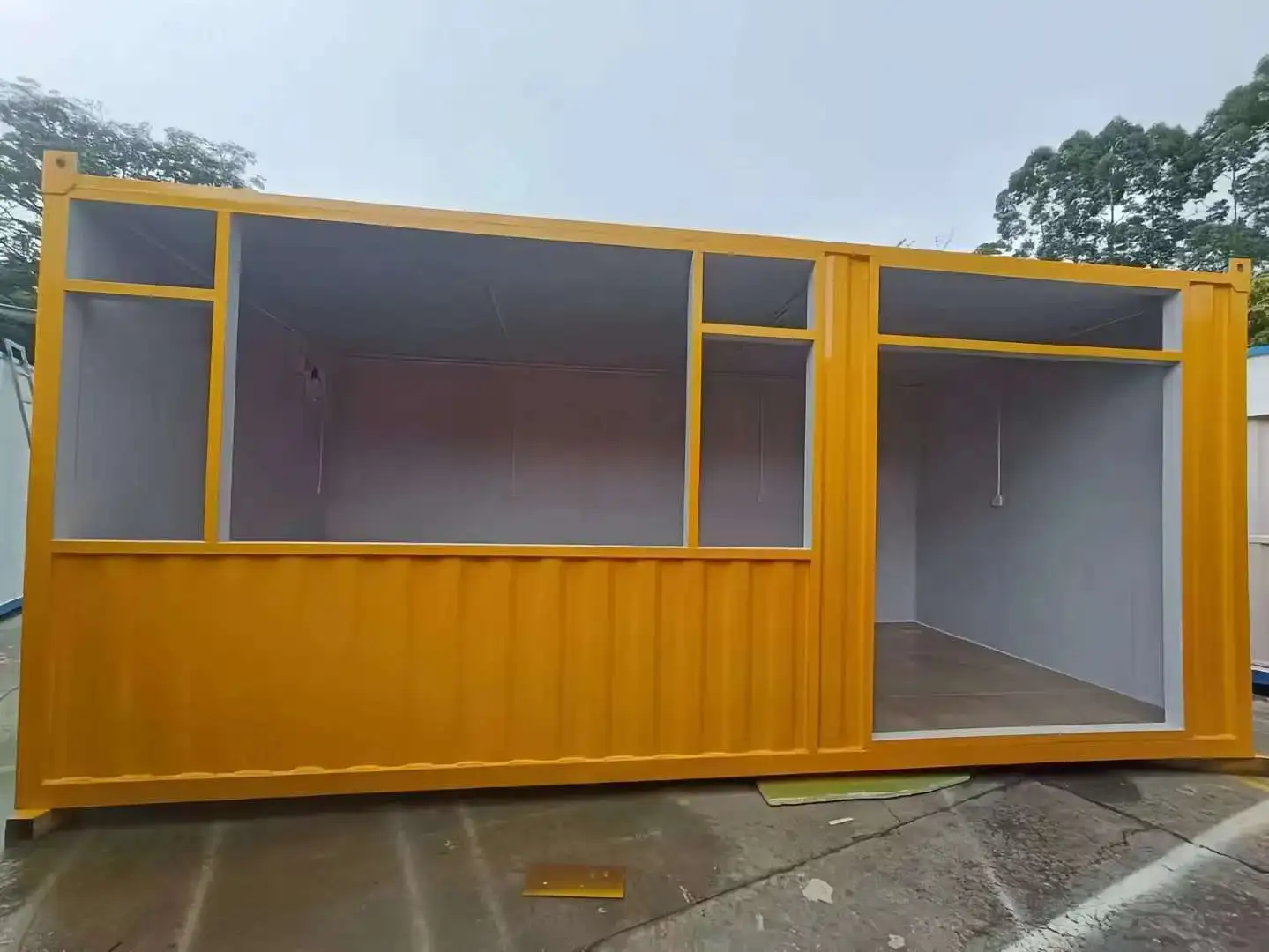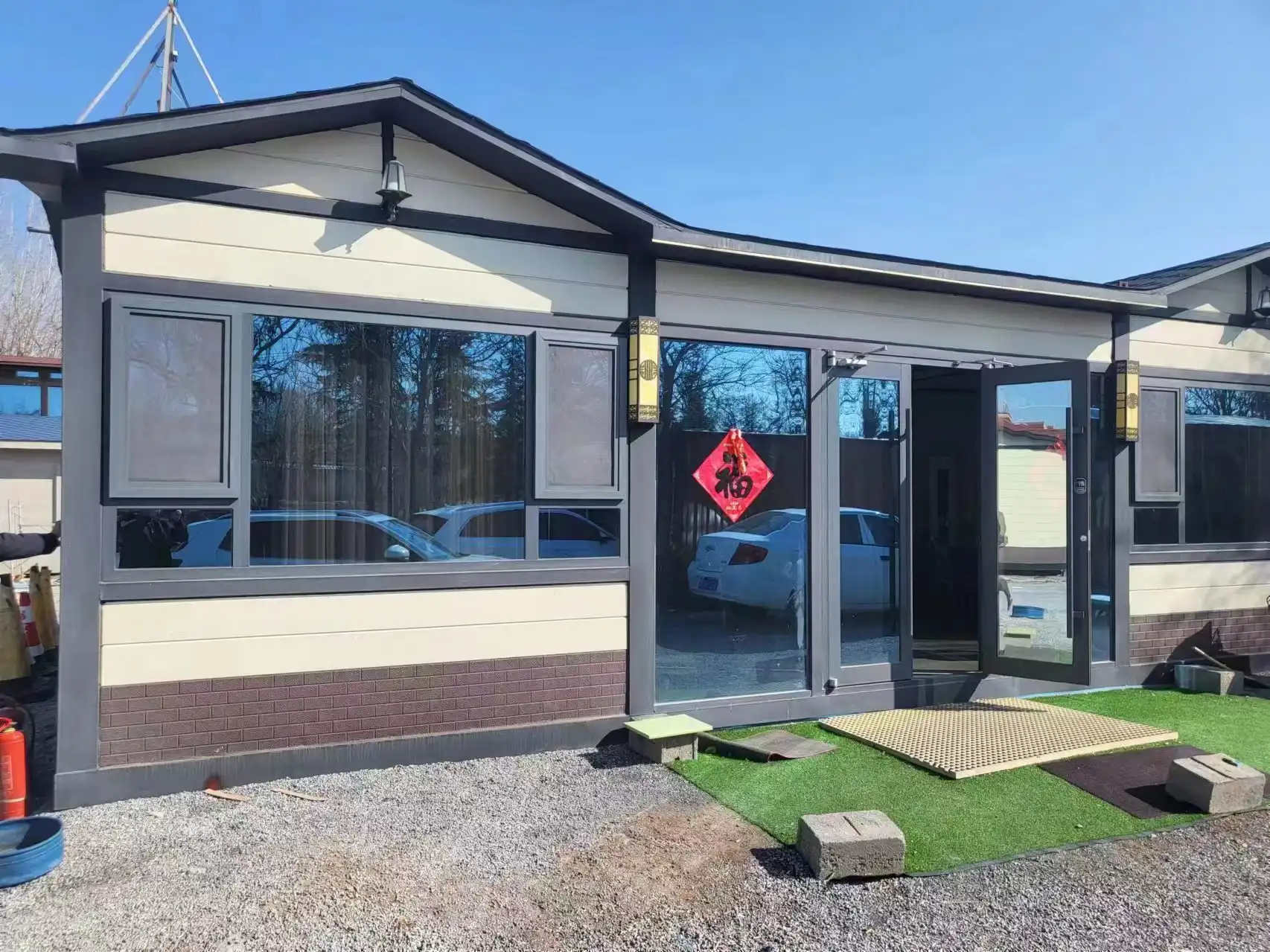Rainscreen requirements for metal siding panels for shed are typically governed by local building codes and climate conditions. Generally, a rainscreen system is mandated when there's a high risk of moisture infiltration due to heavy rainfall, wind-driven rain, or extreme weather patterns. In areas prone to these conditions, building codes often require rainscreens for structures over a certain height or those with specific types of cladding, including metal panels. The International Building Code (IBC) and local amendments provide guidelines, but requirements can vary significantly by jurisdiction. It's crucial to consult with local building authorities and experienced architects to determine when a rainscreen is necessary for your specific project involving metal panels.
Understanding Rainscreen Systems and Their Importance
Rainscreen systems play a crucial role in protecting buildings from moisture damage, particularly when using metal siding panels for sheds and other structures. These systems create a gap between the exterior cladding and the building's weather-resistant barrier, allowing for drainage and ventilation. This gap helps prevent water infiltration and promotes drying, which is essential for maintaining the integrity of the building envelope.
The Mechanics of Rainscreen Systems
A typical rainscreen system consists of several components working together to manage moisture: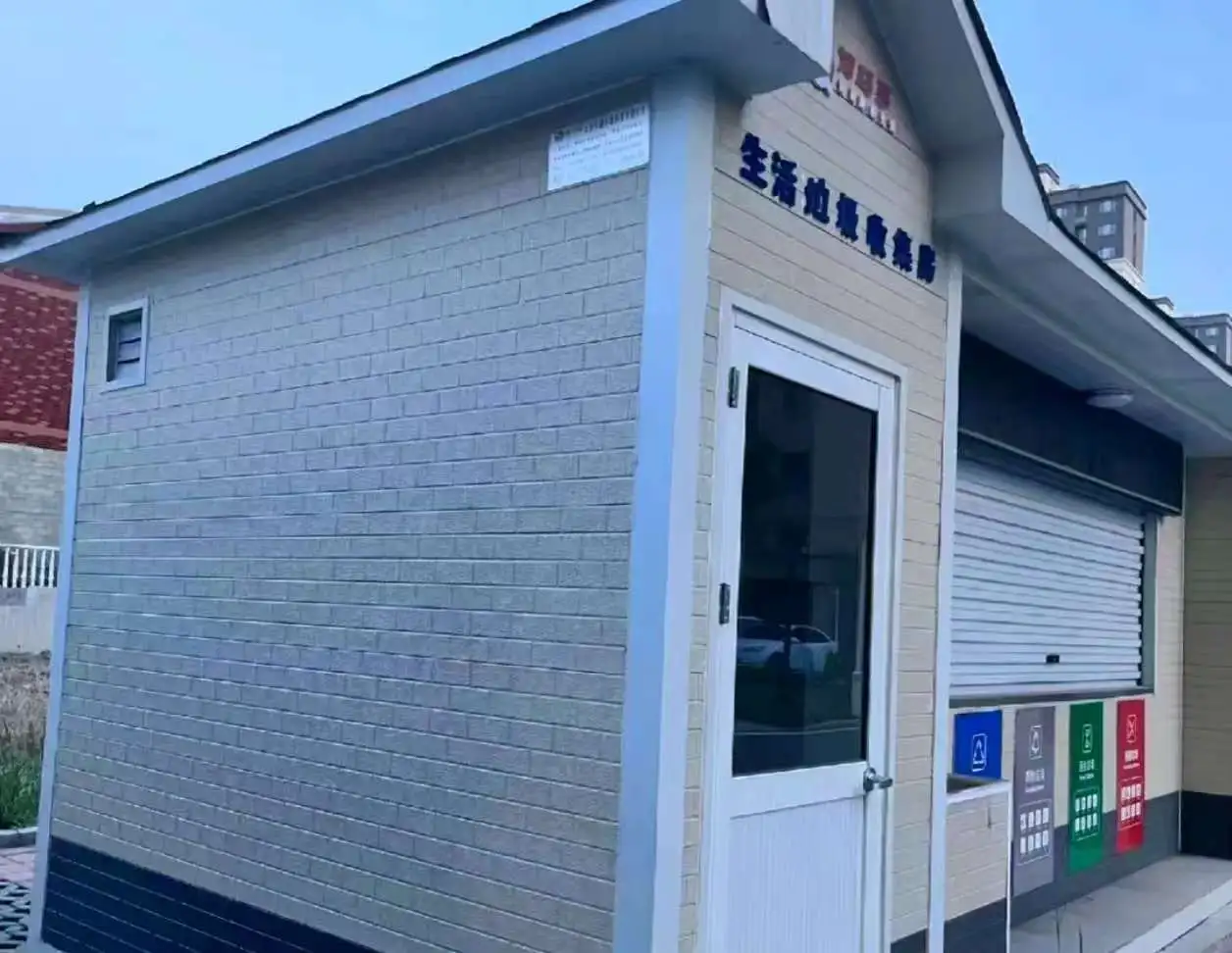
1. Exterior cladding (such as metal siding panels for sheds)
2. Air gap
3. Weather-resistant barrier
4. Structural wall
The exterior cladding acts as the first line of defense against rain and other elements. The air gap behind the cladding allows for pressure equalization and water drainage. The weather-resistant barrier provides an additional layer of protection against moisture penetration, while the structural wall supports the entire system.
Benefits of Rainscreen Systems for Metal Panel Applications
Incorporating a rainscreen system when using metal siding panels for sheds and other buildings offers numerous advantages:
1. Enhanced moisture management
2. Improved thermal performance
3. Reduced risk of corrosion for metal panels
4. Extended lifespan of the building envelope
5. Better air quality through reduced mold growth potential
These benefits make rainscreen systems an attractive option for architects and builders looking to maximize the performance and longevity of their metal panel installations.
Factors Influencing Rainscreen Requirements for Metal Panels
Several factors contribute to determining when a rainscreen system is required for metal panels, including climate conditions, building height, and local regulations. Understanding these factors is crucial for proper implementation of metal siding panels for sheds and larger structures.
Climate and Weather Patterns
The local climate plays a significant role in determining the necessity of a rainscreen system. Areas with high annual rainfall, frequent wind-driven rain, or extreme temperature fluctuations are more likely to require rainscreens. For example, coastal regions or areas prone to hurricanes may have stricter requirements for moisture management in building envelopes, including those using metal siding panels for sheds.
Building Height and Exposure
Taller buildings or those in exposed locations face greater risks from wind-driven rain and moisture infiltration. As a result, building codes often mandate rainscreen systems for structures above a certain height or in particularly exposed areas. Even when using durable metal siding panels for sheds, considering the building's exposure can help determine if a rainscreen system is necessary for optimal performance.
Local Building Codes and Regulations
Local building codes and regulations vary widely and can significantly impact rainscreen requirements. Some jurisdictions have adopted specific guidelines for rainscreen systems, while others rely on more general moisture management requirements. It's essential to consult local building authorities and review applicable codes when planning a project involving metal siding panels for sheds or larger structures to ensure compliance with rainscreen requirements.
Implementing Rainscreen Systems with Metal Siding Panels
When a rainscreen system is required or deemed beneficial for a project using metal siding panels for sheds or other buildings, proper implementation is crucial for optimal performance. This section explores the key considerations and best practices for integrating rainscreen systems with metal panel cladding.
Design Considerations for Rainscreen Systems
Effective rainscreen design with metal siding panels for sheds involves several key considerations:
1. Air gap sizing: Typically, a minimum gap of 3/8 inch is recommended, but larger gaps may be necessary for certain applications.
2. Ventilation: Proper inlet and outlet vents ensure air circulation within the cavity.
3. Flashing and drainage: Carefully designed flashing and drainage systems direct water away from the building envelope.
4. Panel attachment: Selecting appropriate fasteners and attachment methods that maintain the integrity of the rainscreen system.
5. Insulation placement: Properly positioning insulation to maximize thermal performance without compromising the air gap.
Installation Best Practices
Proper installation of rainscreen systems with metal siding panels for sheds is critical for long-term performance:
1. Weather-resistant barrier installation: Ensure proper overlap and sealing of the weather-resistant barrier.
2. Furring strip or rail installation: Install furring strips or rails to create the necessary air gap.
3. Panel installation: Follow manufacturer guidelines for panel attachment, ensuring proper spacing and alignment.
4. Sealing and flashing: Carefully seal all penetrations and install flashing at critical junctions to prevent water infiltration.
5. Ventilation detailing: Properly detail ventilation openings at the top and bottom of the rainscreen system to promote air circulation.
Maintenance and Inspection of Rainscreen Systems
Regular maintenance and inspection are essential for the longevity of rainscreen systems using metal siding panels for sheds:
1. Visual inspections: Regularly check for signs of damage, corrosion, or water staining.
2. Cleaning: Keep ventilation openings clear of debris to maintain proper air circulation.
3. Sealant maintenance: Inspect and replace sealants as needed to maintain water-tightness.
4. Panel repairs: Address any damaged or loose panels promptly to prevent moisture infiltration.
5. Documentation: Maintain records of inspections and repairs for future reference and warranty purposes.
Conclusion
Understanding when a rainscreen is required by code for metal panels is crucial for ensuring the longevity and performance of buildings. Factors such as climate conditions, building height, and local regulations all play a role in determining the necessity of rainscreen systems. By implementing proper design, installation, and maintenance practices, architects and builders can maximize the benefits of rainscreen systems when using metal siding panels for sheds and other structures. These systems not only protect against moisture damage but also enhance thermal performance and extend the lifespan of the building envelope.
For those seeking high-quality metal siding panels for sheds and expert guidance on rainscreen systems, Weifang Sandong Building Materials Co., Ltd., a trusted metal siding panels for shed supplier, offers a comprehensive range of exterior cladding solutions. Our metal siding panels for sheds are designed to meet the highest standards of durability, insulation, and customization. To learn more about our products and how they can be integrated into effective rainscreen systems, please contact us at info@sdqsc.com.
FAQ
Are rainscreen systems always necessary with metal siding panels for sheds?
Not always, but they're highly recommended in areas with high rainfall or moisture exposure to protect the structure.
How do rainscreen systems affect the insulation properties of metal panels?
Rainscreens can improve insulation by reducing moisture buildup and allowing for additional insulation layers.
Can I install a rainscreen system on an existing structure with metal siding?
Yes, retrofitting is possible, but it's more complex and may require professional assessment and installation.
References
1.International Building Code (IBC). (2021). International Code Council.
2.Lstiburek, J. (2020). "Rainscreen Design for Cladding Attachment". Building Science Corporation.
3.Morrison Hershfield. (2019). "Guide for Designing Energy-Efficient Building Enclosures".
4.National Research Council Canada. (2020). "National Building Code of Canada".
5.ASHRAE. (2021). "ASHRAE Handbook - Fundamentals". American Society of Heating, Refrigerating and Air-Conditioning Engineers.

(1).jpg改.webp)
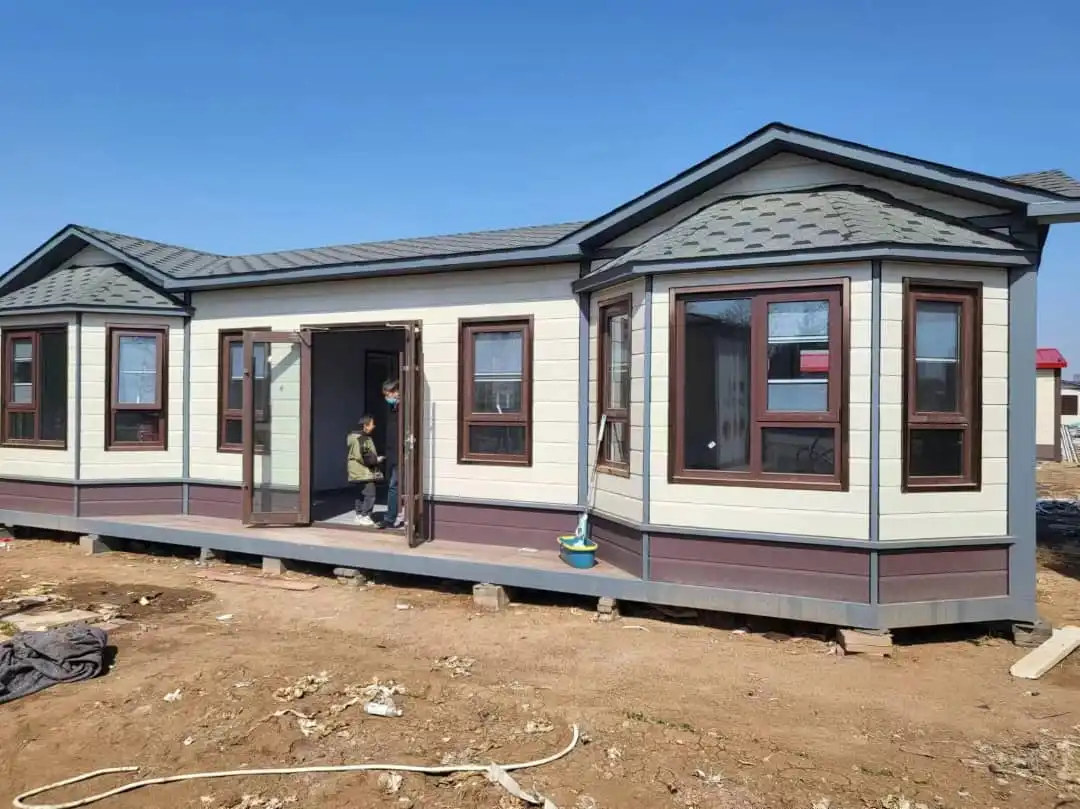

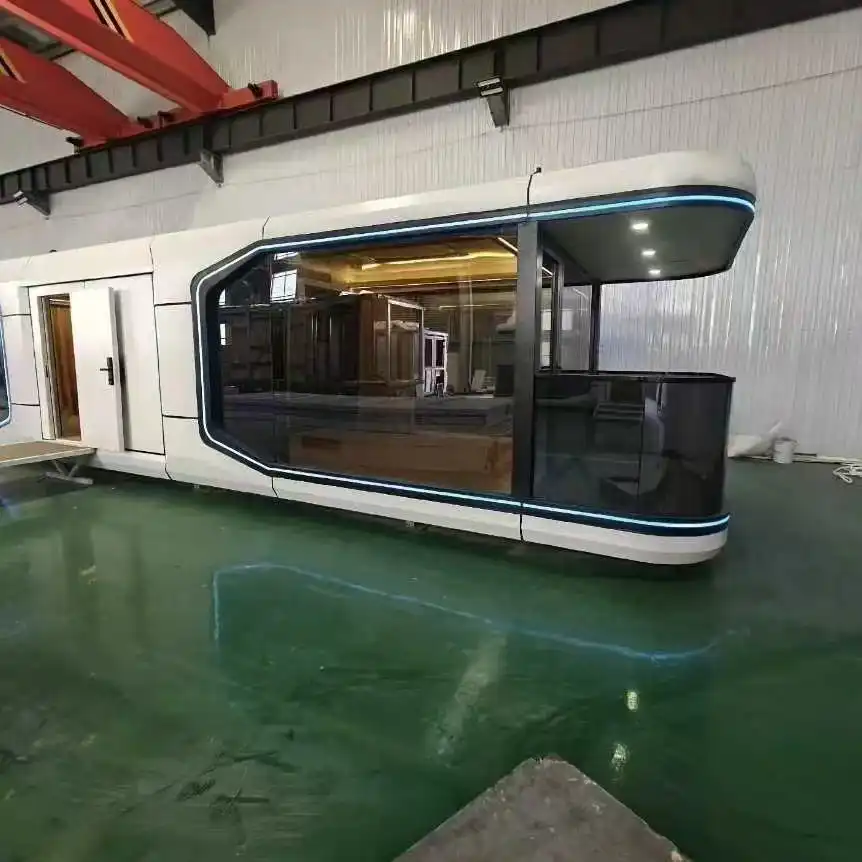
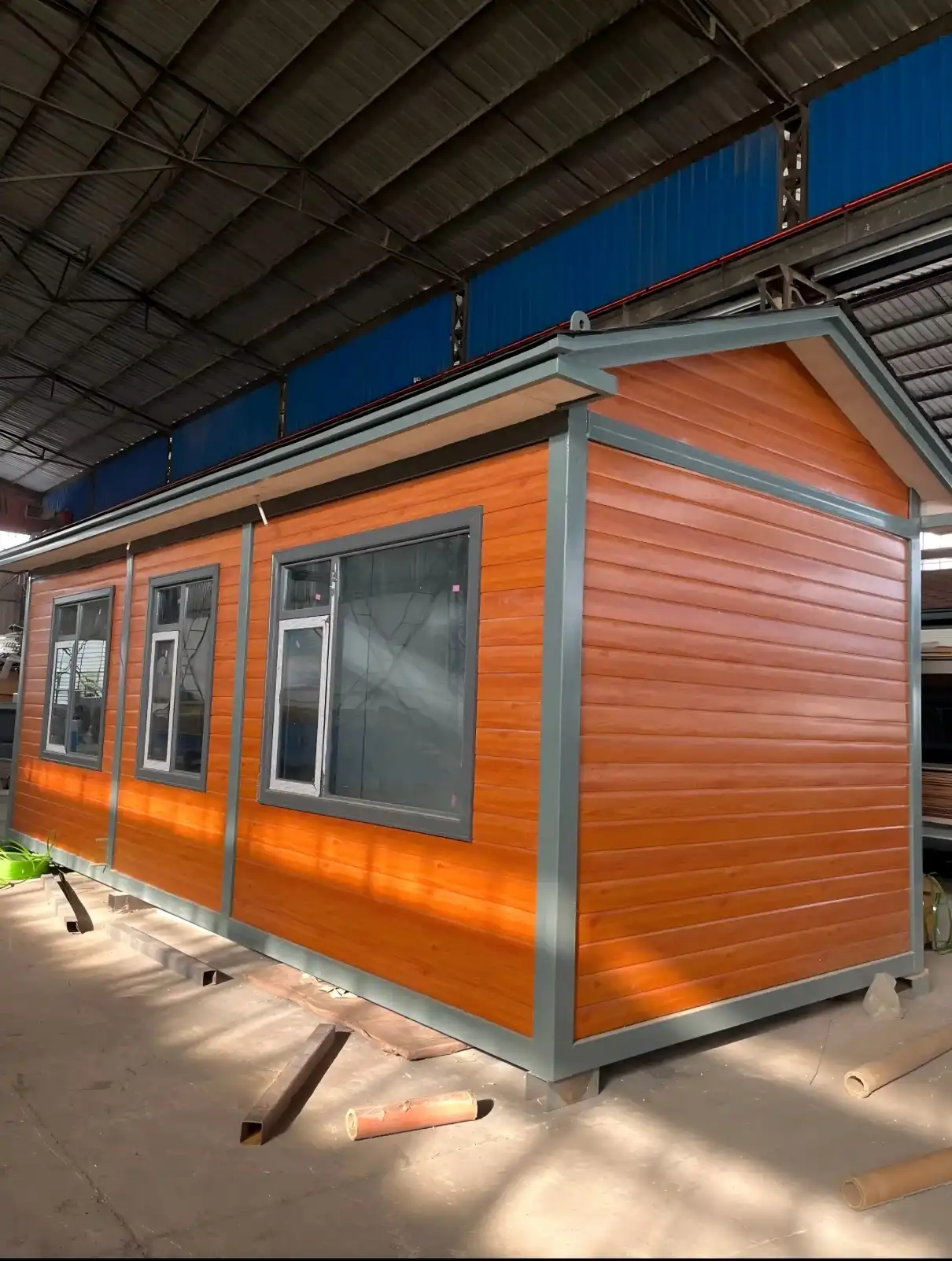
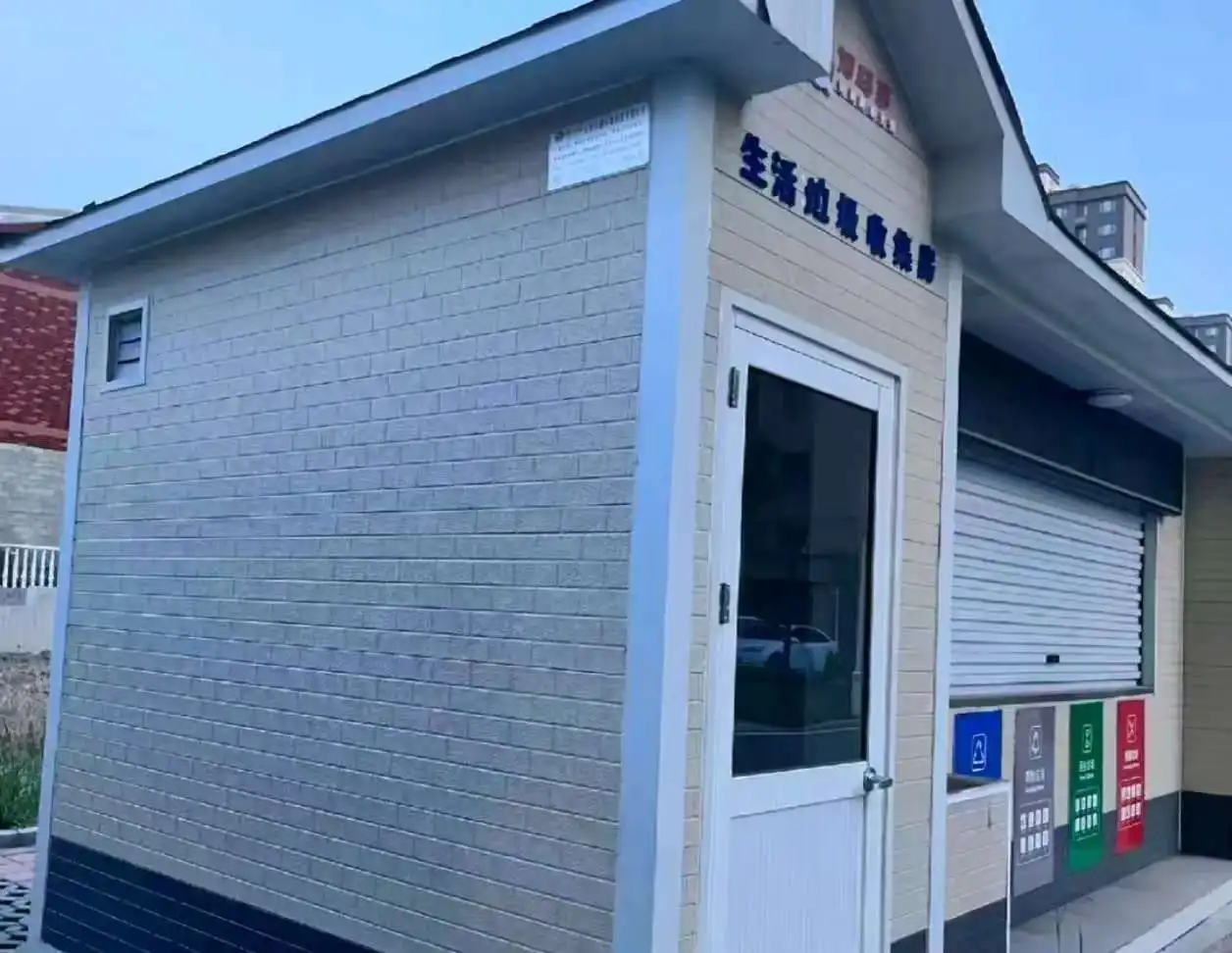
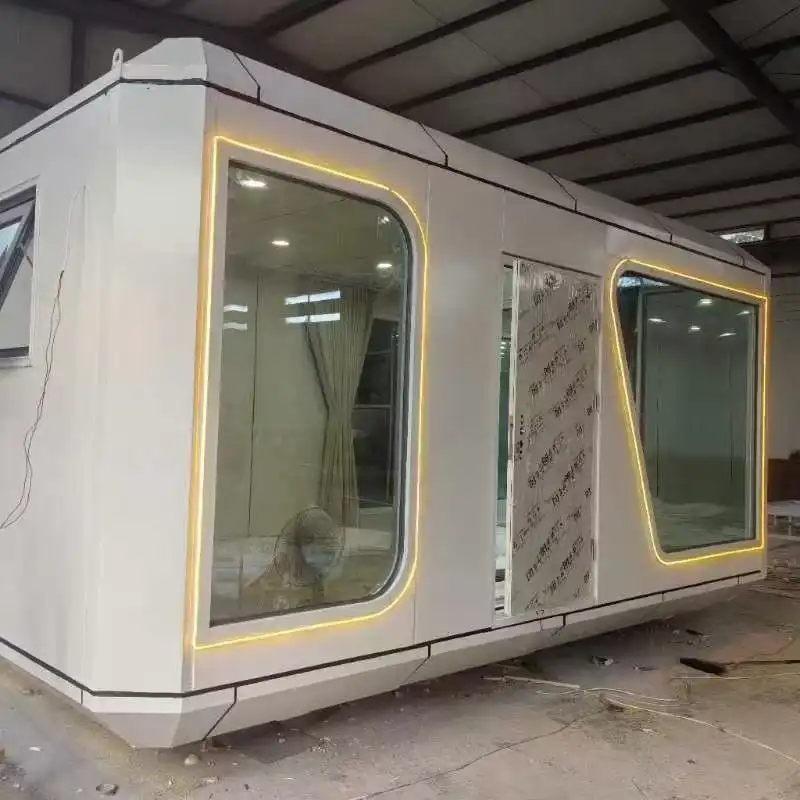
.jpg改.webp)
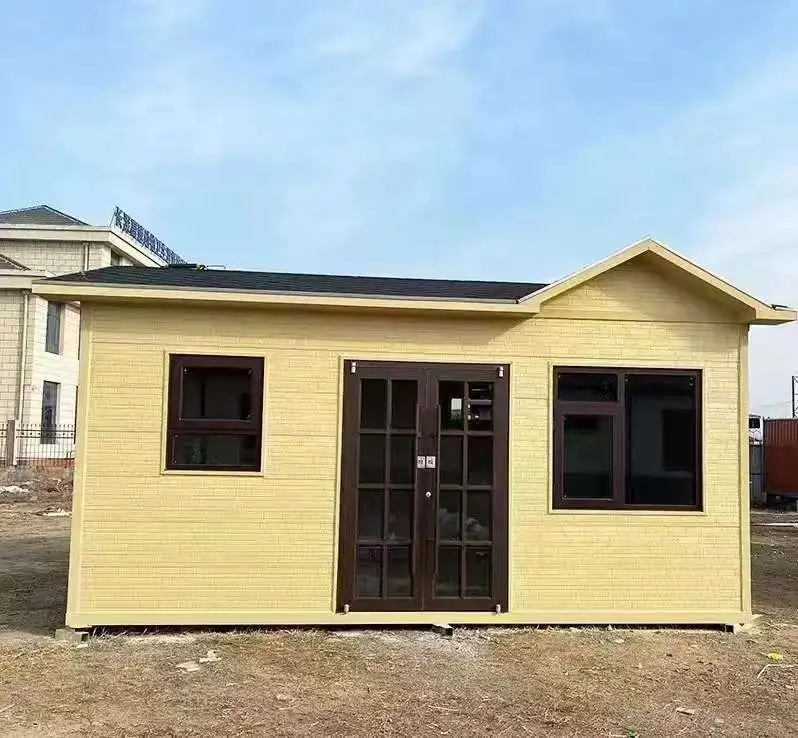
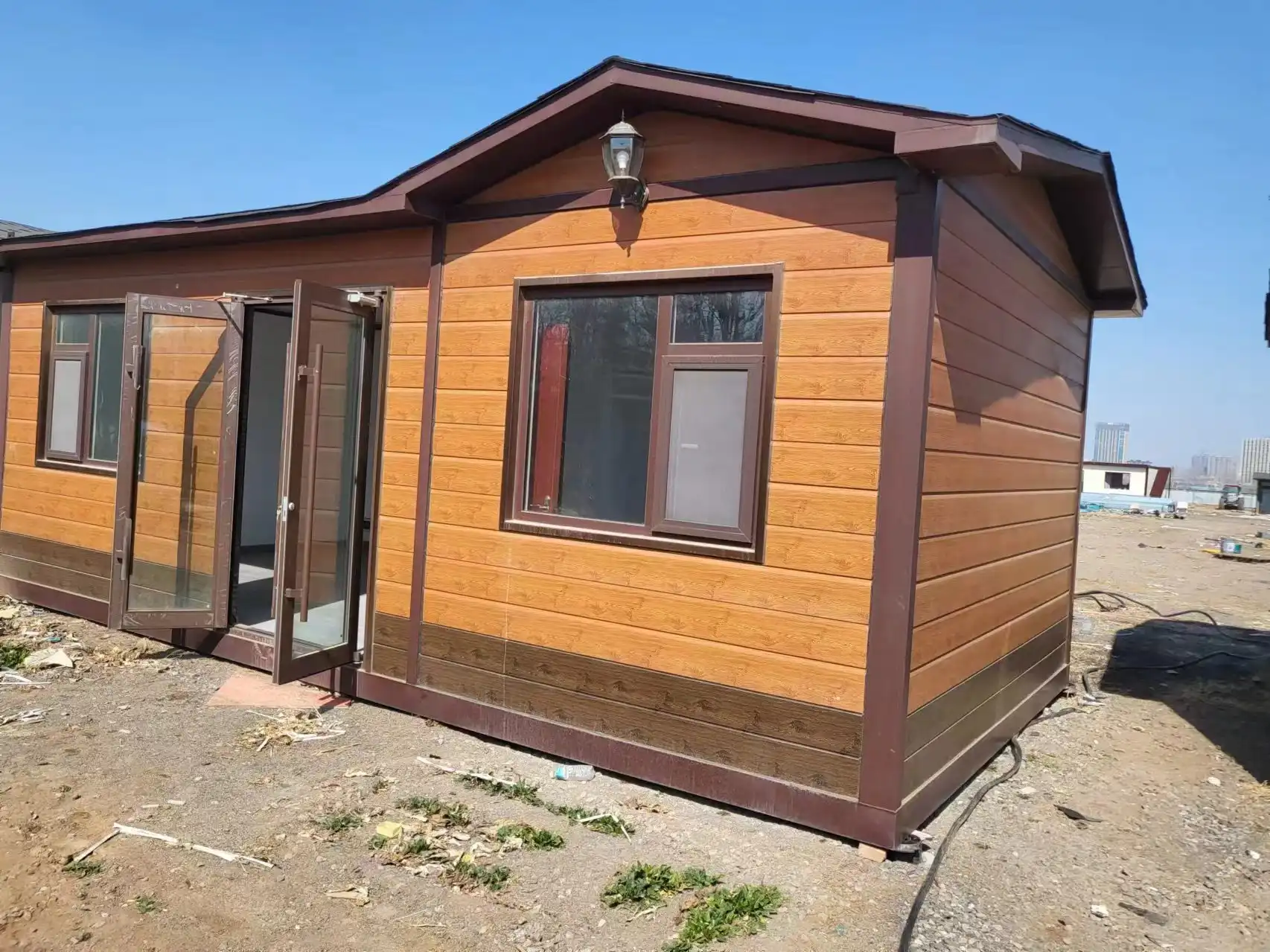
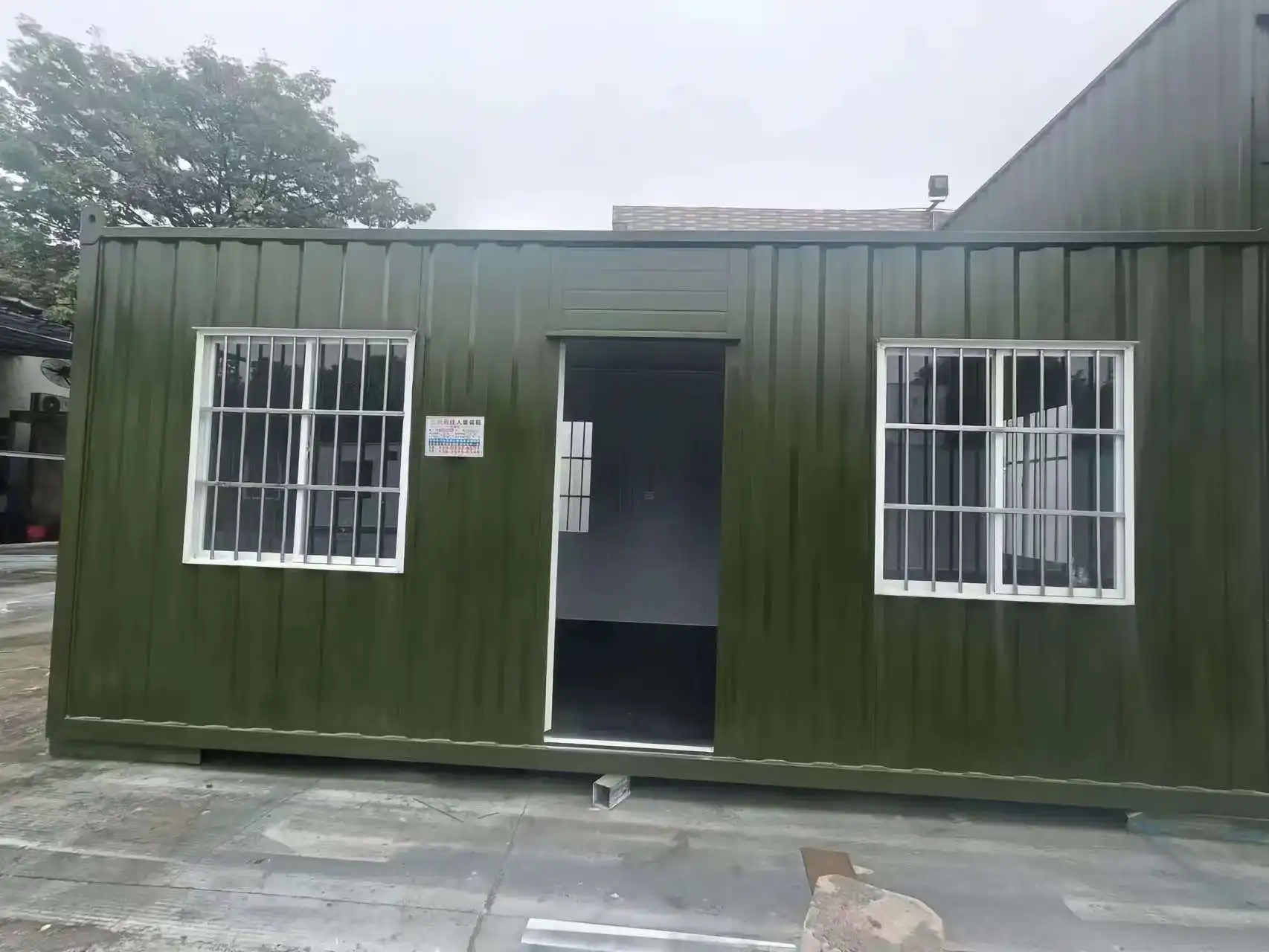
.jpg改.webp)
